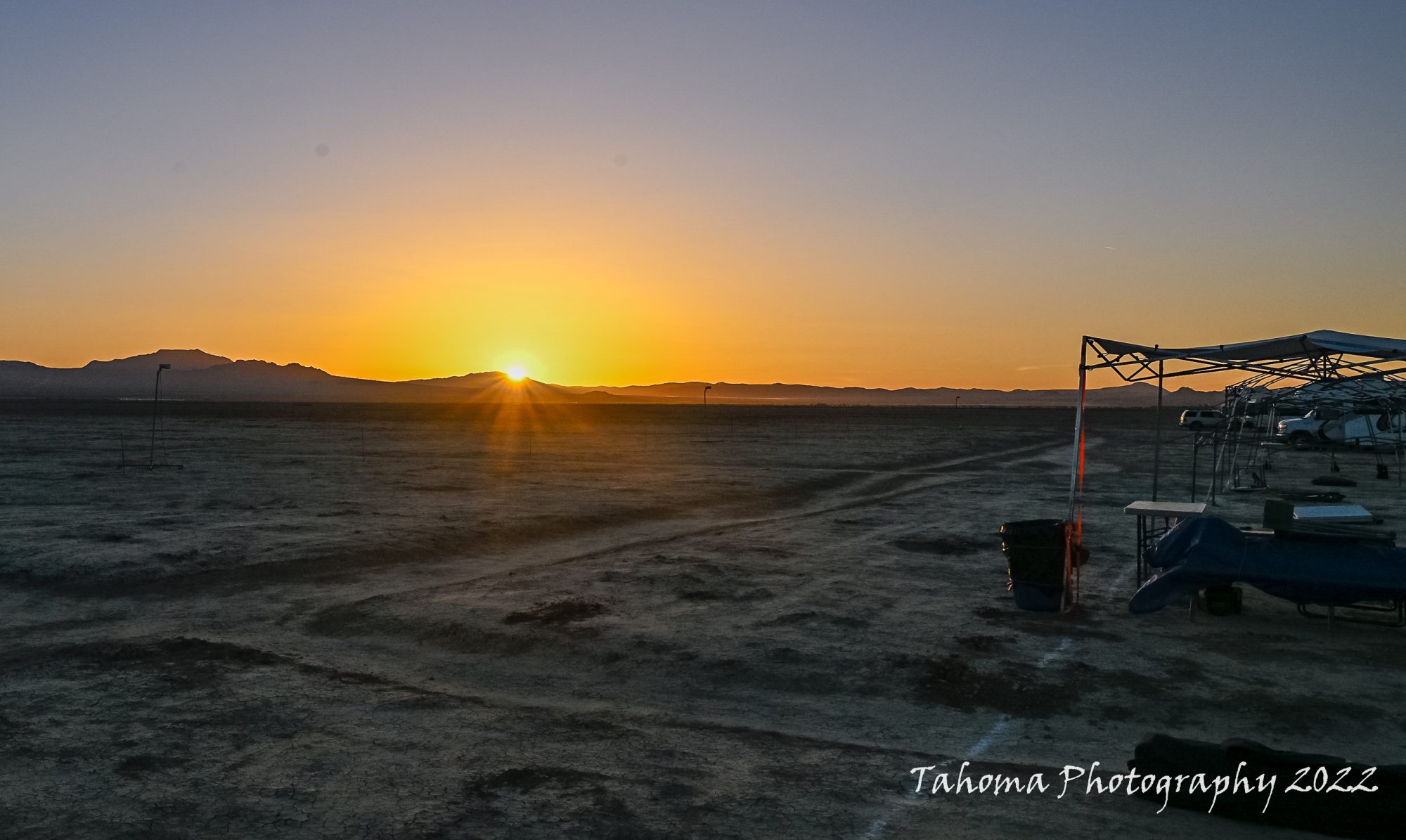Rocket Tracking Using Radio “Stuff”
As more and more flyers are using trackers, beacons, and radio telemetry, we are publishing this information to help prevent conflicts on the various radio frequencies used. Please submit any frequencies/radio equipment you will be using at ROC launches using the form at the bottom of this page.
Starting with the June 2021 ROCstock we will be trying out a frequency board near registration or the pad Manager area so people can post the frequencies they will be using.
If you are interested in rocket tracking, but don’t know where to start, please check out this article in the Learn section.
To help prevent interference from, and to, other spectrum users, there is information lower on this page on how to select an appropriate frequency and avoid inappropriate frequencies.
Avionics Frequencies Used by ROC Flyers
If you want your frequency listed here, please use the comment form at the bottom of this page to let us know what you use. Include frequency, type of system (beacon, GPS tracker, etc.), and your callsign, if applicable. We can’t guarantee there will be no conflicts, but it can’t hurt to let everyone know what you are using.
- 146.050 MHz, W6DPS, Dave Smith, Beacon
- 219.083 MHz, Chris Feenstra, Beacon
- 219.521 MHz, Chris Feenstra, Beacon
- 222.490 MHz, Kurt Gugisberg, Beacon
- 222.530 MHz, AG6VQ, Mike Klett, Beacon
- 222.670 MHz, KM6TCY, Mike Ostby, Beacon
- 222.690 MHz, K6NOM, Greg Smith, Beacon
- 222.810 MHz, K6NOM, Greg Smith, Beacon
- 223.110 MHz, Chris Feenstra, Beacon
- 223.170 MHz, Kurt Gugisberg, Beacon
- 224.490 MHz, KN6CJE, Richard Dierking, Beacon
- 433.920 MHz, A bunch of stuff by a bunch of people. This is a shared frequency among hams and non-licensed radio services, and should be avoided if possible.
- 434.700 MHz, KM6ZFL, Chris Erving, Eggtimer TRS
- 434.950 MHz, KM6SZC, John Lees/KK6TNG Robert Lees, Telemetrum
- 435.150 MHz, KM6SZC, John Lees/KK6TNG Robert Lees, Telemetrum
- 443.500 MHz, K6NOM, Greg Smith, Beeline APRS
- 444.080 MHz, KK9MSO, Bryan Langholz, Altus Metrum TeleGPS
- 444.550 MHz, K6AHF, Allen Farrington, Beeline APRS (-1 and -2 SSID’s)
- 444.650 MHz, KM6TCY, Mike Ostby, Beeline APRS
- 444.915 MHz, W6DPS, Dave Smith, Beacon
- 445.925 MHz, N6RTD, Rick Dickenson, Beeline APRS
- 449.000 MHz, W6DPS, Dave Smith, APRS (-2, -3 and -4 SSID’s, Time Slots 1, 3, and 5)
- 900MHz spread spectrum, Greg Lyzenga, BRB 900 Tracker.
- 913.75 MHz, Gregory Wardlow, Apogee Simple Transmitter
- 915.6 MHz, Jim Wold, Eggfinder
- 915.800 MHz, FWGPS-17A, Neal Hunstein, Featherweight Tracker
- 918.250 MHz, CH/ID 917/5, Chris Erving, Eggfinder
- 918.750 MHz, CH/ID 917/7, Bryan Langholz, Eggfinder
- 919.000 MHz, FWGPS-21A, Kurt Gugisberg, Featherweight Tracker
- 919.500 MHz, CH/ID 919/2, Mike Swanson, Eggfinder
- 919.800 MHz, FWGPS-22A, Mike Swanson, Featherweight Tracker
- 920.000 MHz, CH/ID 919/4, Chris Erving, Eggfinder
- 921.25 MHz, Robert Wieting, Eggfinder
- 921.400 MHz, FWGPS-24A, Greg Lyzenga, Featherweight Tracker
- 922.25 MHz, CH/ID 921/5, Phil Bahorich, Eggfinder
- 923.8 MHz, Nathan Mazelin, FWGPS 27B
- 924.600 MHz, FWGPS-28A, Allen Farrington, Featherweight Tracker
- 925.5 MHz, CH/ID 925/2, Chris Erving, Eggfinder
- 925.5 MHz, CH/ID 925/2, Karl Wittnebel, TRS
Guidance to Prevent Interference From, and To, other Spectrum Users
Please note! These suggestions are based on evaluations of radio band usage at the Lucerne Valley launch site, and may not work out at other locations. If you fly with a different club, ask them about recommended frequencies. These are suggested frequencies that should minimize interference to and from other radio systems, but no guarantee is offered.
2 Meter Band, 144 to 148 MHz, Amateur (Ham) Only
For APRS use 145.01, 145.03, 145.05, 145.07, or 145.09. Most of the 2 meter band uses 15 KHz spacing, but these are digital (packet) frequencies still set aside, but with little use.
Beacons should be on an FM simplex frequency including: 146.49, 146.505, 146.55, 146.58, 147.525, or 147.54.
You should AVOID:
- 144.390 MHz, National APRS Frequency
- 146.520 MHz, National Calling Frequency
- 146.535 MHz, Used by ROC on the lakebed
- 146.430 MHz, ATV talk back frequency
- 146.565 MHz, Set aside for Foxhunts and frequently busy on weekends
1-1/4 Meter Band, 222 to 225 MHz, Amateur (Ham) Only
APRS rocket trackers should be on 223.46 or 223.48 MHz.
For beacons avoid frequencies below 222.130 MHz. Use 10KHz buffer frequencies between the FM voice frequencies.
70 Centimeter Band, 420 to 450 MHz
APRS should be between 431.00 to 431.60 MHz or 448.94 to 449.98 MHz, even 20KHz spacing.
Beacons should be above 444.15, and use even 10KHz buffer frequencies.
The bandwidth from 434.00MHz to 440.00MHz should be avoided, as this is the input for a nearby Amateur Television repeater.
33 Centimeter Band, 902 to 928 MHz
For Licensed Amateur Radio Operation
APRS should be on simplex frequencies, 927.600, 927.700, and 927.800 MHz.
Beacons should be between 903 and 904.875 MHz or 925 to 926.875 MHz.
For Unlicensed Low Power Operation (ISM, LoRa, etc.)
Use 918 to 926.875 MHz
- Eggfinder GPS set to Frequency 917 ID 4 or higher, or Frequency 919 and above with any ID
- Featherweight GPS channels 20A to 28A
- For any other device consult your manual or contact the manufacturer for frequency information
Frequencies to avoid:
Rocket users must avoid the FCC 902.100 MHz the weak signal allocation!
The band segments from 902 to 903 MHz and 927 to 928 MHz have ham voice repeater traffic.
The band segment from 906 to 918 MHz has Ham Radio television repeaters.
These band segments with high power voice and television repeaters are the most likely to cause interference to low power systems.
